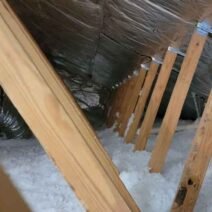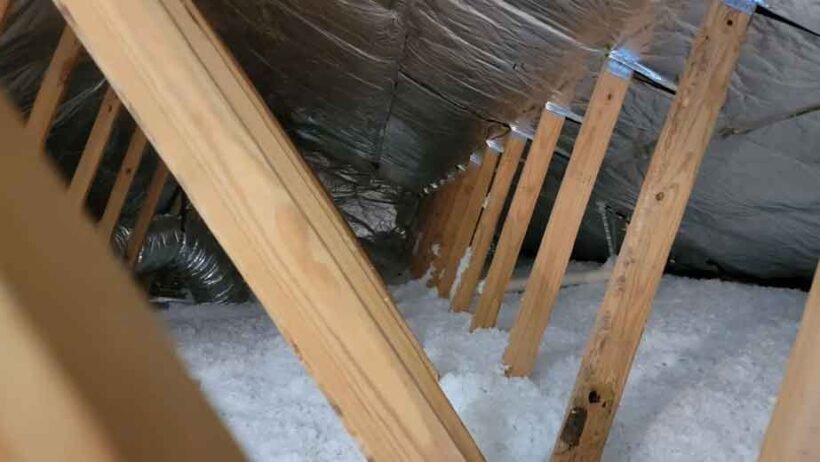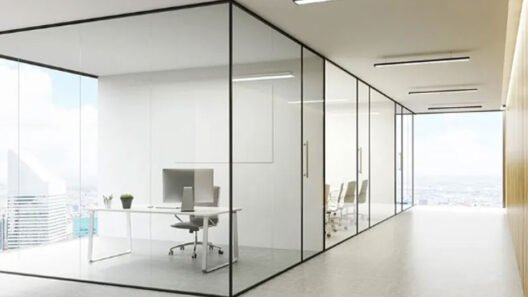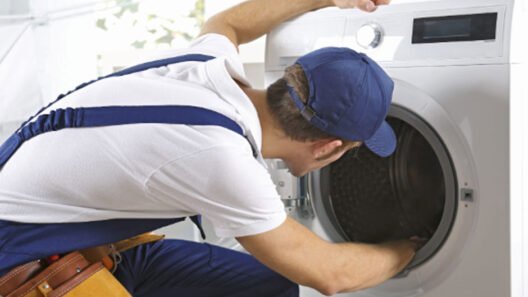Houston’s sweltering climate is one of the biggest challenges homeowners face when trying to maintain comfort and energy efficiency. With summer temperatures frequently exceeding 90 degrees and humidity levels that linger year-round, homes are constantly battling heat infiltration. The attic, sitting directly beneath the roof, becomes a focal point for heat transfer, often reaching temperatures of 120 to 150 degrees. When insulation underperforms in these conditions, it allows that trapped heat to radiate into the living spaces below, forcing cooling systems to work overtime. Understanding how extreme heat affects attic insulation is crucial to maintaining a comfortable home and keeping energy bills manageable throughout Houston’s long, hot seasons.
Understanding the Relationship Between Heat and Insulation
Insulation functions as a thermal barrier, slowing the transfer of heat between the outdoors and the interior of your home. In Houston’s climate, the attic endures intense solar radiation for several hours each day, which can drastically affect how insulation performs. Over time, prolonged exposure to extreme temperatures causes insulation materials to degrade or compact, reducing their ability to resist heat flow effectively. Fiberglass can lose its loft, cellulose can settle, and spray foam can deteriorate if moisture becomes trapped. Once this happens, the insulation’s R-value—the measure of thermal resistance—drops significantly, diminishing its overall effectiveness. This breakdown results in uneven indoor temperatures, increased strain on the HVAC system, and a noticeable increase in energy consumption. For homeowners, it highlights the importance of not only choosing high-quality insulation but also ensuring regular maintenance to preserve its performance against Houston’s unrelenting heat.
How Prolonged Heat Weakens Insulation Materials
Continuous high temperatures can cause attic insulation to deteriorate much faster than in cooler regions. The combination of radiant heat from the roof and trapped air within the attic creates an oven-like environment that challenges even the most durable materials. In fiberglass insulation, extreme heat causes fibers to separate and lose density, reducing their ability to trap air effectively. Cellulose insulation, which is made from treated recycled paper, can absorb humidity and clump together, creating air gaps that allow heat to penetrate. Spray foam insulation may begin to lose its structure if exposed to moisture or prolonged thermal expansion. Professional services like First Defense Insulation understand these unique regional challenges and use materials and techniques designed to withstand Houston’s extreme climate. Consistent inspections and upkeep are crucial to maintaining insulation integrity, as neglected attics quickly become the primary source of unwanted heat transfer, making indoor environments uncomfortable and costly to cool.
The Role of Ventilation in Reducing Heat Buildup
Proper attic ventilation plays a vital role in maintaining insulation performance in Houston’s heat. When hot air has no way to escape, it lingers beneath the roof deck, intensifying the temperature and reducing insulation efficiency. Ventilation systems—such as ridge vents, soffit vents, or attic fans—help regulate air circulation, preventing heat from accumulating in the attic. This airflow not only cools the attic space but also minimizes moisture buildup, which is a common side effect of Houston’s humid conditions. Without sufficient ventilation, insulation materials can become damp and lose their ability to resist heat. Moisture combined with high temperature creates an environment that promotes mold growth and wood decay, further threatening home safety. A balanced ventilation system works in harmony with quality insulation, ensuring that attics stay cooler and insulation materials retain their intended properties. Proper ventilation thus becomes a silent protector, preserving both comfort and structural integrity even during the city’s hottest months.
Energy Efficiency and Cost Implications
The condition of attic insulation has a direct impact on a home’s energy consumption. In Houston, where air conditioners often run for months at a time, poorly performing insulation can cause cooling systems to work much harder than necessary. When heat seeps through the attic, the thermostat senses rising temperatures and triggers longer cooling cycles. This leads to increased electricity usage, higher bills, and more frequent maintenance or replacement of HVAC components due to overuse. Studies show that inadequate attic insulation can raise cooling costs by 20 to 30 percent, depending on the home’s structure and exposure. Conversely, proper insulation creates a stable thermal envelope, maintaining comfortable temperatures with reduced energy consumption. Homeowners who invest in upgrading or reconditioning their attic insulation experience not only reduced costs but also improved indoor comfort, as the entire home benefits from consistent cooling. Energy efficiency is not just about saving money—it’s about creating a sustainable living environment suited for Houston’s demanding weather.
The Impact of Humidity on Insulation Performance
While heat is the primary concern, Houston’s persistent humidity adds another layer of complexity to the performance of attic insulation. Moisture in the air can infiltrate the attic through small leaks or inadequate sealing, saturating insulation materials. Once wet, insulation loses much of its effectiveness because moisture conducts heat, allowing warm air to pass through more easily. Additionally, damp insulation provides a breeding ground for mold and mildew, which can spread to other parts of the home and compromise air quality. This issue often goes unnoticed until homeowners see signs of condensation, musty odors, or temperature fluctuations indoors. The best defense against humidity damage is a combination of proper air sealing, dehumidification, and ventilation. Ensuring that insulation remains dry and tightly sealed protects its R-value and prevents the costly problems associated with moisture damage. Maintaining a dry attic environment is essential for maximizing insulation performance in Houston’s humid climate.
Long-Term Benefits of Maintaining Proper Insulation
Maintaining attic insulation in top condition offers benefits that extend far beyond energy savings. A properly insulated attic helps maintain a consistent indoor temperature, reducing wear and tear on cooling systems and improving overall home comfort. It also prevents hot spots and drafts that make some rooms harder to cool than others. Additionally, insulation serves as a barrier to outdoor noise, thereby enhancing the quietness and tranquility of indoor spaces. Over time, maintaining effective insulation increases a property’s value by ensuring energy efficiency and protecting its structural components from heat-related damage. Homeowners who schedule regular attic inspections and address insulation issues promptly avoid costly repairs and extend the lifespan of their HVAC systems. In a city like Houston, where summers are long and intense, proactive maintenance is not a luxury but a necessity for maintaining both comfort and cost efficiency year-round.
Houston’s powerful combination of heat and humidity presents ongoing challenges for attic insulation performance. When insulation deteriorates under extreme conditions, it leads to higher energy costs, inconsistent indoor comfort, and potential moisture-related damage. Understanding how these factors interact allows homeowners to take proactive steps through proper ventilation, sealing, and maintenance. Partnering with knowledgeable insulation professionals ensures that materials are suited to the region’s demanding environment and continue to perform optimally. A well-insulated attic is more than just a barrier against heat—it’s a key component in protecting a home’s comfort, efficiency, and longevity. In Houston’s relentless climate, maintaining resilient insulation means keeping your home cooler, safer, and more energy-efficient year after year.








